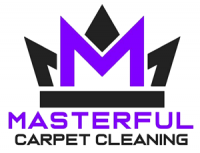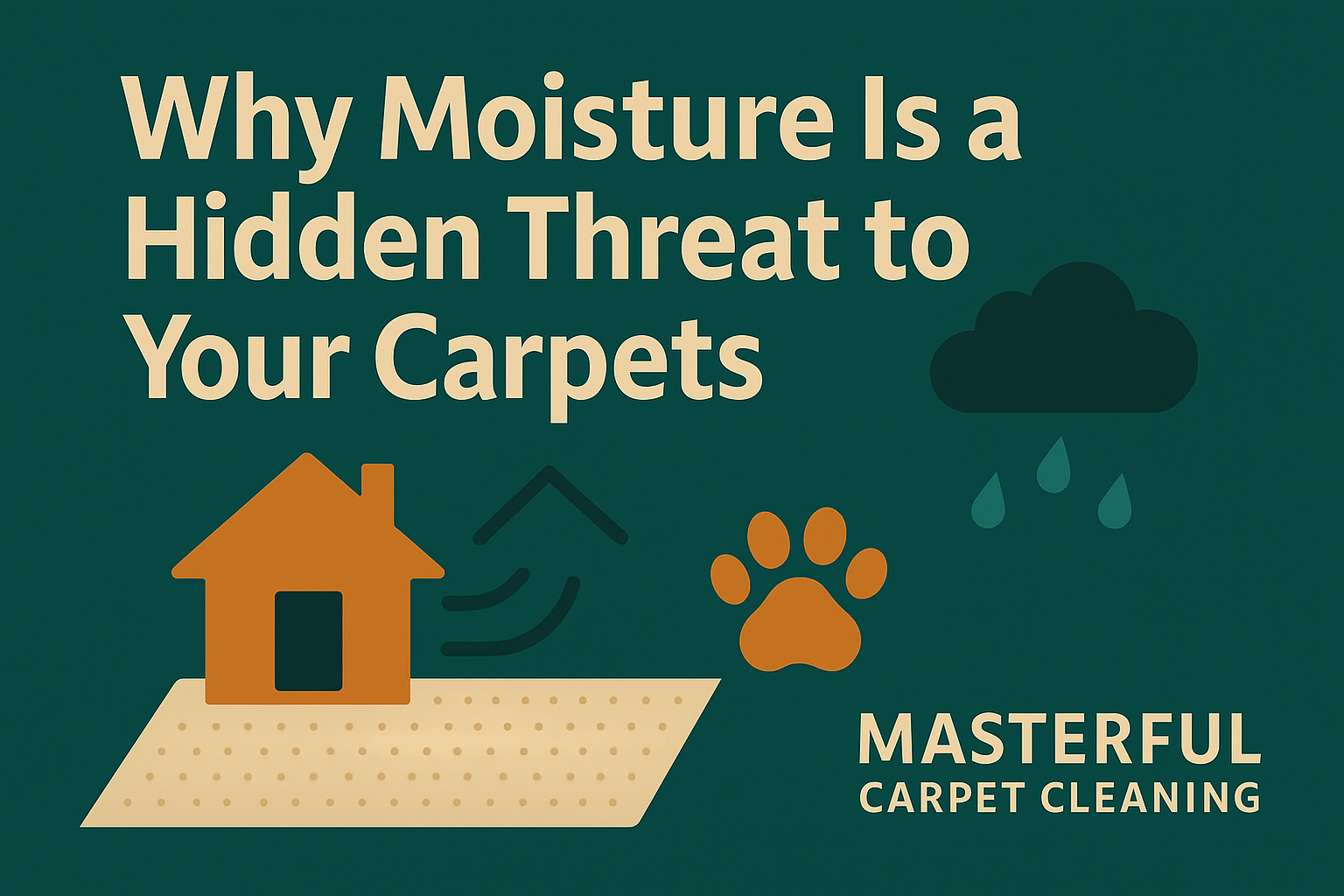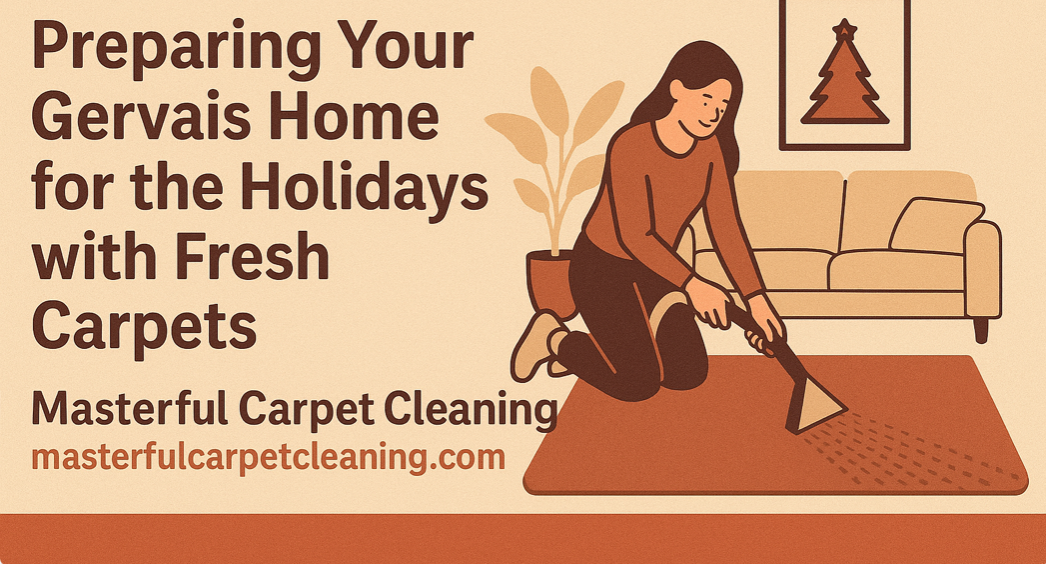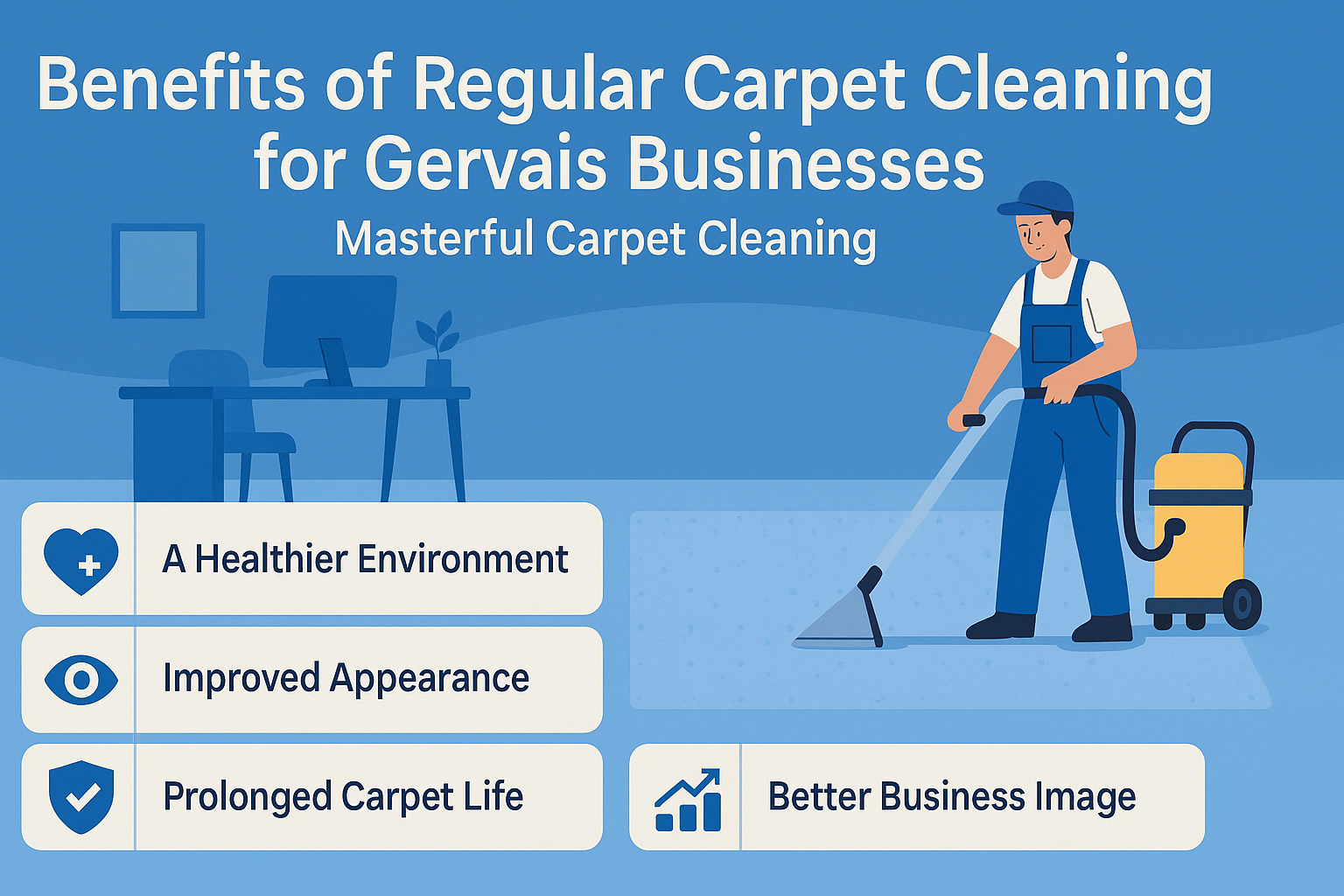Safe and Effective Cleaning Methods for Laminate Floors
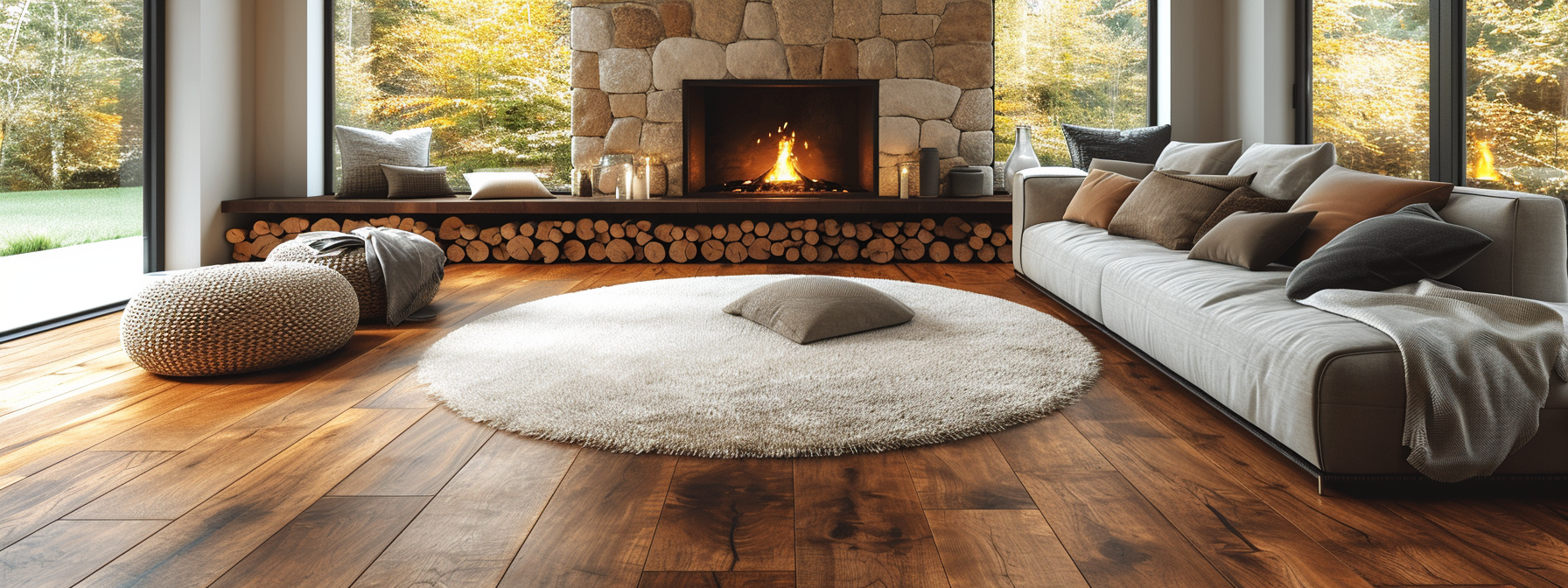
Laminate floors, known for their elegance and durability, require specific care to maintain their luster and extend their lifespan.
By adhering to best practices and avoiding common mistakes, one can preserve the floor’s visual appeal and structural integrity, ensuring its role as a lasting centerpiece in any space.
Importance of Proper Maintenance
Laminate flooring demands regular maintenance to retain its polished appearance. Regular cleaning is essential to prevent damage and maintain the floor’s aesthetic appeal.
Using the right techniques and products is important to avoid common pitfalls that could lead to permanent damage.
Understanding Laminate Floor Properties
Laminate flooring is distinctive in its construction and reaction to various cleaning methods. Unlike hardwood, laminate has unique sensitivity to moisture, harsh chemicals, and physical stress.
Awareness of these properties guides the selection of appropriate cleaning methods and products.
Emphasizing Safe and Effective Cleaning
The focus on safe and effective cleaning methods stems from the need to protect the laminate’s surface and underlying layers.
Using excessive water, harsh chemicals, or abrasive tools can lead to issues like warping, buckling, and delamination, which compromise both the appearance and functionality of the floor.
Addressing Common Cleaning Mistakes
Common mistakes in laminate floor care include using excessive force, neglecting regular cleaning, and failing to protect furniture legs.
These errors can result in visible scratches, wear patterns, and surface damage. Identifying and avoiding these mistakes is key to effective laminate floor maintenance.
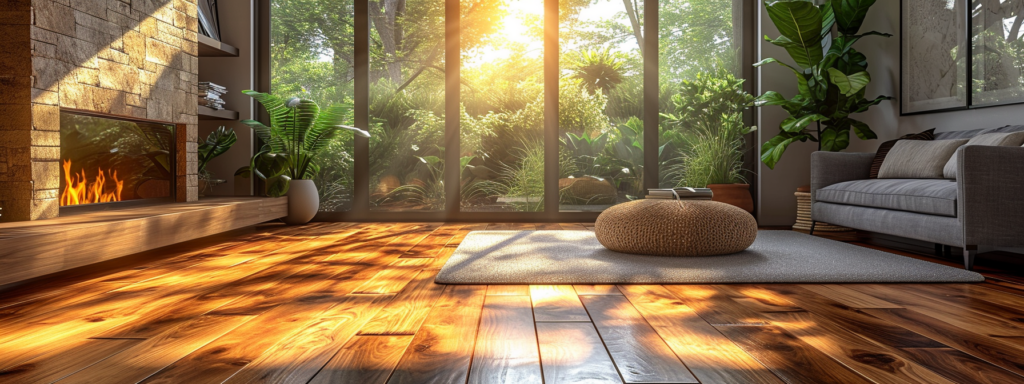
Understanding Laminate Floors
Laminate flooring, an increasingly preferred choice in both residential and commercial spaces, presents a blend of aesthetic appeal and practical functionality.
Composition and Structure
Laminate flooring comprises multiple layers, each serving a distinct function and contributing to the overall performance of the floor:
- Wear Layer: A transparent, protective coating, typically made from aluminum oxide or melamine resin. This layer is pivotal in resisting scratches, stains, and daily wear while protecting against UV damage, preserving the color and design of the flooring.
- Decorative Layer: Positioned beneath the wear layer, this layer provides the visual appearance of the floor. It consists of high-resolution images of natural materials like wood or stone, printed on high-quality paper and impregnated with melamine resin for vibrancy and durability.
- High-Density Fiberboard (HDF) Core: The primary structural component, made from compressed wood fibers and resin. It lends stability, strength, and impact resistance to the flooring. The quality of this core varies, with higher-end options offering enhanced moisture resistance and dimensional stability.
- Backing Layer: The bottom layer, typically made from melamine resin or another moisture-resistant material, protects the core from moisture damage and helps prevent warping or cupping. Some versions include built-in underlayment for additional sound absorption and insulation.
Advantages and Challenges
Laminate flooring offers several advantages over traditional hardwood, including lower cost, environmental friendliness, and a scratch-resistant surface.
Engineered laminate, in particular, shows greater stability across various temperatures and moisture levels. Unlike hardwood, laminate cannot be sanded to refresh its surface and may go out of style faster.
Aesthetic Considerations
When selecting laminate flooring, consider its resemblance to real wood, the natural variety in its grain pattern, the tightness of its joints, and the presence of a smooth bevel on edges.
A high-quality laminate will have an ISO 9001 rating, indicating adherence to international quality standards.
Maintenance and Sustainability
Regular maintenance, involving sweeping or vacuuming and occasional damp mopping with specific cleaners, is essential. It’s important to avoid excessive moisture and abrasive cleaners to maintain the integrity of the wear layer.
Laminate flooring has advanced in sustainability, with many manufacturers using recycled materials and achieving low VOC emissions certifications, enhancing its appeal as an environmentally responsible choice.
Understanding these aspects of laminate flooring is vital in ensuring effective and safe cleaning methods are employed, aligning with the material’s unique properties and maintenance requirements.
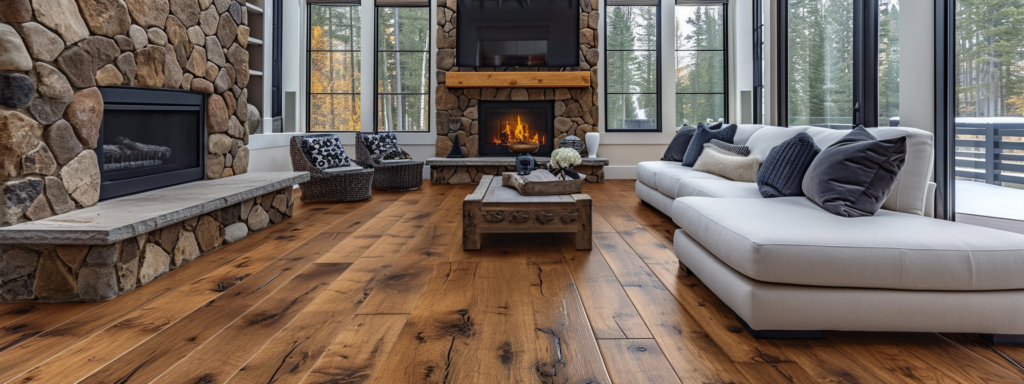
Routine Cleaning: Sweeping and Vacuuming
Routine cleaning, comprising sweeping and vacuuming, is pivotal in maintaining the appearance and longevity of laminate floors.
Importance of Regular Dirt Removal
Dirt is the primary factor contributing to the dulling of laminate floors. Regular removal of dirt, dust, and grit is essential.
This process involves either sweeping, dusting, or vacuuming, all of which are effective in maintaining the floor’s cleanliness and preventing the build-up of abrasive particles.
Selecting the Right Vacuum Cleaner
When vacuuming laminate floors, choosing an appropriate vacuum cleaner is key. The ideal vacuum for laminate floors should be capable of removing dirt and debris without causing damage to the flooring.
There are various types of vacuums suitable for this purpose:
- Upright Vacuums: Known for powerful suction, upright vacuums like the Shark Navigator Lift-Away Pro are effective due to their on/off brush system, allowing easy transition between surfaces.
- Canister Vacuums: These are compact and versatile, suitable for hard surfaces like laminate. The Miele canister vacuum is a reliable option.
- Bagged or Bagless Vacuums: Both types can be effective, depending on personal preference.
- Robot Vacuums: Devices like the eufy by Anker BoostIQ RoboVac automate the cleaning process, maintaining cleanliness with minimal effort.
- Cordless Stick Vacuums: These offer portability and ease of use, with models like the Samsung Jet 90 Complete being ideal for laminate floors due to their bagless design and HEPA filter.
Effective Vacuuming Techniques
Proper vacuuming techniques are important to prevent damage and maintain the appearance of laminate floors:
- Avoid Hard Brushes: Use a vacuum cleaner with a soft-bristle brush or a brushless system to prevent scratching the surface.
- Correct Suction Setting: Adjust the suction setting to a bare floor mode to avoid damaging the floor.
- Clean Edges and Corners: Utilize the vacuum’s crevice tool or other specialized attachments for these areas.
- Follow the Grain: Vacuum in the direction of the grain of the laminate planks to prevent trapping dirt.
- Regular Maintenance: Regular vacuuming is key to keeping the floors clean and free from damaging debris.
Using Vacuum Attachments
Employ vacuum attachments that are devoid of a beater bar or rotating brush. These attachments are designed to clean laminate floors without scratching them.
Establishing a regular cleaning routine with these tools will help maintain the floor’s appearance and prolong its life.
Routine cleaning through sweeping and vacuuming is essential in preserving the quality and appearance of laminate floors. The choice of the right vacuum cleaner and the implementation of effective vacuuming techniques greatly enhance this maintenance process.
Regular and careful cleaning will ensure the laminate flooring remains an attractive and durable feature in any setting.
Mopping: Best Practices
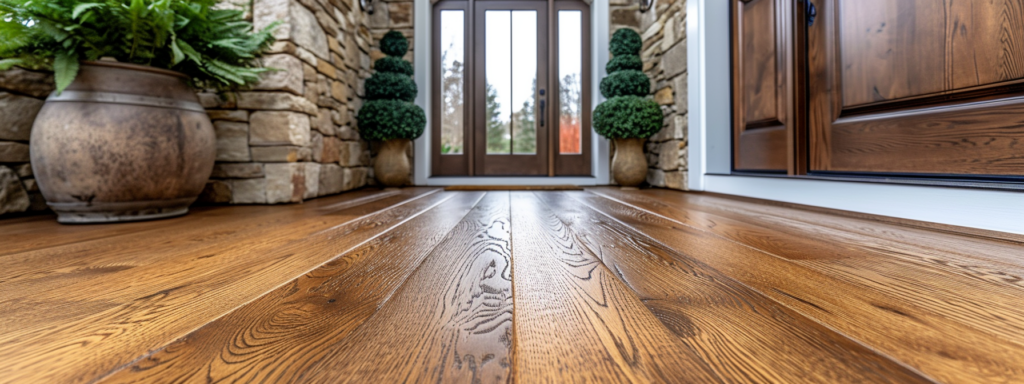
Mopping is an important part of laminate floor maintenance. It requires careful execution to avoid damaging the sensitive material.
Frequency and Method
- Routine Mopping: Mop laminate floors every two months to maintain their cleanliness. This routine helps in preserving the aesthetic appeal of the floor while preventing the accumulation of dirt and grime.
- Use of Damp Mops: Employ damp mops, such as microfiber mops, which are gentle on laminate surfaces. If using a conventional mop, wring it out thoroughly to ensure it’s almost dry before using. This practice helps in minimizing the amount of water coming into contact with the laminate.
Water Usage
- Minimize Water: Laminate floors are not compatible with excessive water. It’s critical to use minimal water when cleaning these floors. Even water-resistant laminate flooring can be damaged if water pools or seeps through the top layer.
- Advantages of Spray Mops: Spray mops are beneficial as they help control the amount of water used. After mopping, promptly dry the floors to prevent potential damage.
Selection of Cleaning Products
- Appropriate Cleaning Agents: Avoid using cleaning products not specifically labeled for laminate flooring. Oil-based products can leave streaks, residues, or harm the floor’s protective sealant. Use laminate-specific cleaners moderately and apply them to the mop or cloth instead of directly onto the floor. Refrain from using wax or polishes on laminate floors.
DIY Cleaning Solutions
- Homemade Cleaners: For regular maintenance, create a DIY cleaner by mixing a teaspoon of clear, unscented dish soap with a gallon of hot water. Alternatively, mix white vinegar and water in a ratio of 1:10 for an effective yet gentle cleaning solution. This mixture leaves no sticky residue and is ideal for hard floors. If the floor has developed a film or waxy buildup, use a mixture of a gallon of hot water with a cup of white vinegar. Vinegar, a natural cleaning agent, can break down the film without damaging the laminate surface. In both cases, ensure the mop is only slightly damp and never allow water to pool on the floor.
Mopping laminate floors effectively requires a balance between thorough cleaning and protecting the material’s integrity.
By adhering to these best practices, you can ensure your laminate floors remain clean and undamaged, retaining their beauty and functionality for years to come.
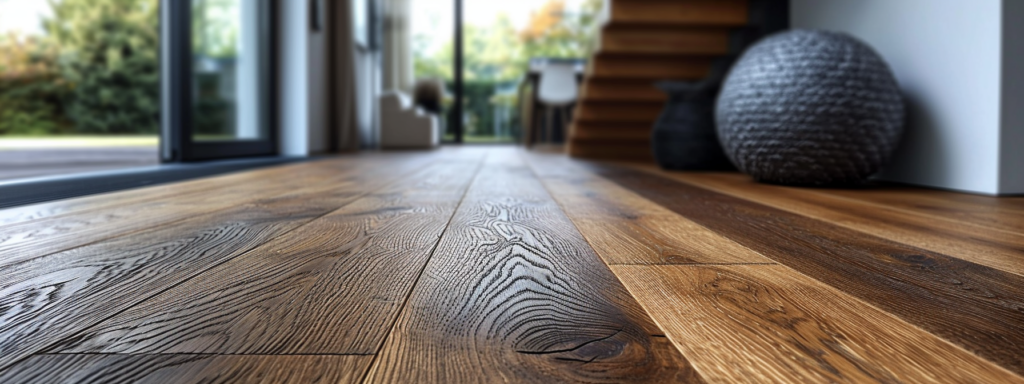
Addressing Spills and Stains
Properly dealing with spills and stains on laminate floors is important to preserve their appearance and integrity.
Immediate Action on Spills
- Prompt Cleaning: Quickly wipe up spills on laminate floors using paper towels, microfiber wipes, or other soft, absorbent cloths. Avoid using coarse or abrasive materials that risk scratching the surface.
- Preventing Stain Penetration: Laminate flooring may resemble wood, but its structure prevents stains from seeping through the finish. Water spots and rings are usually surface stains and should be addressed immediately to avoid long-term damage.
Cleaning Solutions for Stains
- General-Purpose Stain Remover: For common stains like chocolate, wine, juice, and grease, use a proprietary laminate floor cleaner or a homemade solution. Mix equal parts water and white vinegar, adding a few drops of dish detergent to create an effective cleaning solution.
- Application Method: Spray the cleaning solution on the stained area and wipe vigorously with a soft cloth. It might require more than one attempt to remove the stain. If the stain persists, consider using a stronger cleaner.
Handling Tough Stains
- Use of Strong Solvents: For tougher stains like ink, dye, cigarette marks, and wine, use a soft cloth moistened with acetone or rubbing alcohol. Alcohol effectively removes dye-based stains, while acetone is suitable for oil-based stains and paints. If one solvent doesn’t work, try the other. When using acetone, wear protective gloves, a mask, and ensure the room is well-ventilated.
Dealing with Large Spills
- Fresh Spills: If dealing with large spills like paint, tar, or grease, address them while they’re fresh using an absorbent cloth. If the spill has dried, the best approach is to let it harden and then chip it off.
- Hardening Process: To speed up the hardening of spills, place a plastic bag with ice cubes on the spill for about five minutes. Use a plastic tool, such as a paint scraper, putty knife, or even a credit card, for scraping to avoid scratching the finish.
Addressing spills and stains on laminate floors requires prompt action and the use of appropriate cleaning solutions and techniques.
By following these best practices, you can ensure your laminate floors remain clean and undamaged, maintaining their aesthetic appeal and longevity.
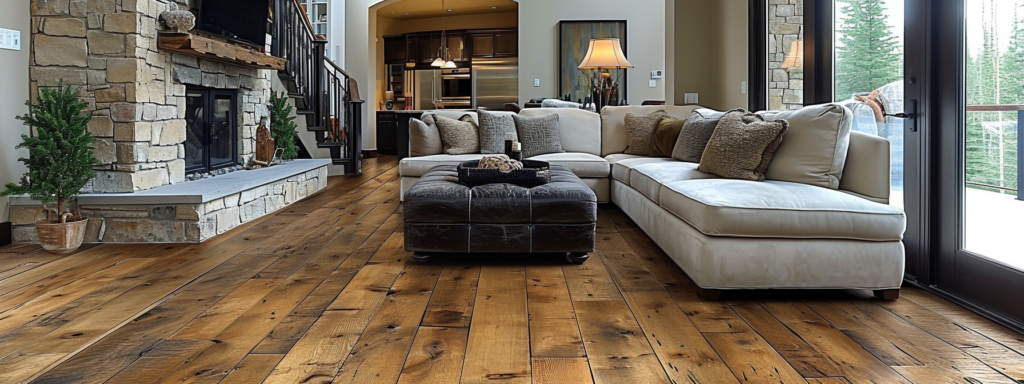
Avoiding Common Cleaning Mistakes
Proper care of laminate floors involves not only knowing what to do but also what to avoid.
Excessive Water Use
- Problem: Excessive water can seep into seams and edges, causing warping, buckling, and delamination. Moisture penetration leads to swelling of laminate planks and compromises the structural integrity of the flooring.
- Solution: Use damp mops and avoid letting water pool on the floor. Regularly inspect for signs of moisture damage.
Harsh Chemicals
- Problem: Abrasive and acidic cleaning products, like bleach or ammonia, strip away the protective wear layer and discolor the flooring. They can lead to uneven patches, streaks, and increased susceptibility to damage.
- Solution: Opt for gentle, laminate-specific cleaning solutions and avoid harsh chemicals. Use microfiber mops and cloths that won’t scratch the floor.
Abrasive Tools
- Problem: Scrubbing laminate floors with abrasive scouring pads or brushes creates scratches and abrasions, diminishing the floor’s appearance and shine.
- Solution: Use soft bristle brooms or vacuums and damp mopping with gentle cleaners. Avoid vigorous scrubbing and abrasive tools.
Excessive Force
- Problem: Applying too much force while cleaning can cause visible scratches and wear layer erosion, potentially requiring floor replacement.
- Solution: Apply gentle, even pressure when cleaning. Use microfiber cloths or mops for effective cleaning without causing damage.
Dirt and Debris Buildup
- Problem: Neglecting regular cleaning leads to dirt and debris accumulation, acting like abrasives and causing scratches and wear patterns.
- Solution: Implement routine sweeping or vacuuming to remove loose dirt. Use mats or rugs in high-traffic areas to capture dirt and grit.
Furniture Damage
- Problem: Furniture movement can scratch and dent laminate flooring, especially items with sharp edges or rough surfaces.
- Solution: Attach felt pads or glides to furniture legs to prevent scratches and dents. Regularly inspect and replace these pads as needed. Lift furniture instead of dragging and use furniture sliders for heavy items.
By avoiding these common mistakes, you can maintain the aesthetic and structural integrity of your laminate floors, ensuring they remain a valued feature of your home.
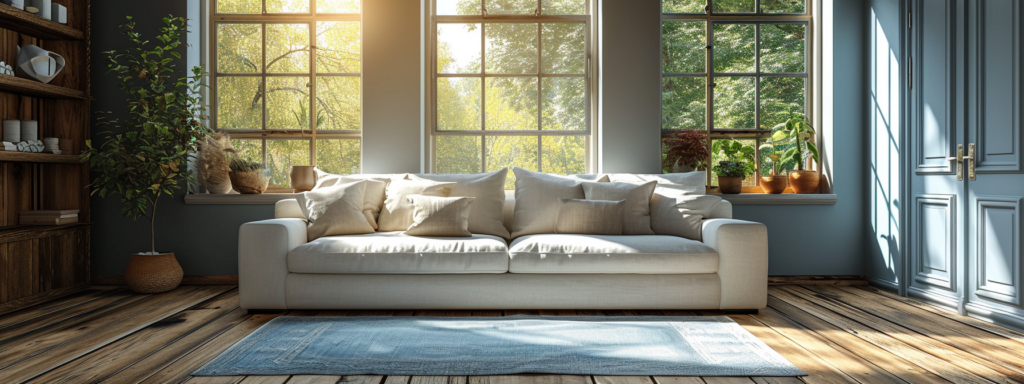
Furniture and Laminate Floors
Proper handling of furniture is essential to protect laminate flooring from damage.
Utilizing Furniture Pads
- Preventive Measure: Place adhesive discs or felt pads under furniture legs. This approach prevents scuffs and scratches caused by furniture movement. Alternatively, small pieces of carpet can be placed under furniture legs for similar protection.
Positioning Rugs Strategically
- High-Traffic Areas: Place rugs in areas with heavy foot traffic. Rugs not only enhance décor but also serve as a barrier, reducing wear and tear on the flooring from constant use.
Implementing Plastic Flooring Pads
- Office Spaces: Use plastic flooring pads under caster chairs to prevent mechanical damage. While functional, these pads may not be aesthetically pleasing in home settings, making rugs a preferable option.
Welcome Mats at Entrances
- Reducing Dirt and Debris: Place welcome mats at doorways to capture dirt, rocks, and other debris from shoes, preventing them from reaching and damaging the laminate flooring.
Pet Nail Maintenance
- Protective Care: Regularly trim pet nails to minimize damage from constant foot traffic on the flooring, especially considering the vulnerability of laminate surfaces to scratches.
Limiting Moisture Exposure
- Humidity Control: Maintain indoor humidity levels between 35-65% to reduce moisture damage risk. Promptly clean up spills to prevent seepage into the flooring and potential slipping hazards.
Regular Cleaning and Maintenance
- Routine Care: Regularly clean the floors to remove small rocks, dirt, and sand that can cause scratches when walked over.
Careful Furniture Movement
- Safe Handling: Lift furniture instead of dragging it to avoid scratches and scuff marks. For heavier items, use a heavy towel or carpet piece underneath to facilitate movement without damaging the floor.
Incorporating these methods into your routine care for laminate flooring will significantly reduce the risk of damage from furniture and maintain the floor’s aesthetic and structural integrity over time.
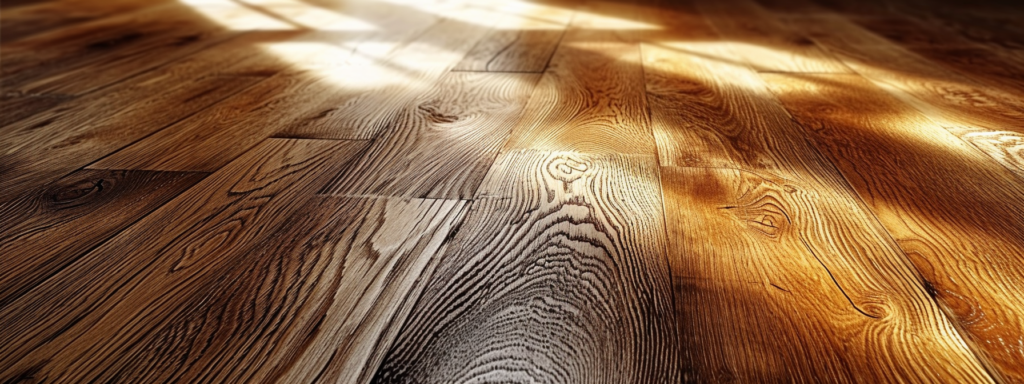
Maintaining Beauty and Durability
Maintaining the beauty and durability of laminate floors requires adherence to specific cleaning and care practices. Key points include:
- Routine Cleaning: Regular sweeping, dusting, or vacuuming is essential to prevent dirt accumulation that dulls the flooring.
- Mopping Best Practices: Use damp mops, preferably microfiber, and avoid excessive moisture which can damage the floor.
- Addressing Spills and Stains: Promptly clean spills with appropriate solutions and techniques to prevent staining and moisture damage.
- Avoiding Common Cleaning Mistakes: Refrain from using excessive water, harsh chemicals, and abrasive cleaning tools that can harm the floor’s integrity.
- Furniture and Floor Interaction: Use protective pads under furniture legs, place rugs in high-traffic areas, and move furniture carefully to avoid scratches and scuffs.
By following these guidelines, your laminate floors will retain their aesthetic appeal and structural integrity, ensuring their longevity and continued enhancement of your living space.
Author
-

As the Co-Owner of Masterful, Randy has been providing quality cleaning services to the Salem and Portland areas of Oregon for many years. He has built a reputation for excellence in the industry. His team take prides in using the latest cleaning techniques and technologies to deliver exceptional results every time.
View all posts
